Written: Katarzyna Gajda, Sławomir Chorek
Design and construction of composite bonding
Although there are many guides to bonding composites on the internet, it is worth taking a moment to read the advice on bonding these materials.
Composites
First of all, it is important to remember what composites are. They are a wide variety of materials with a heterogeneous structure consisting of two or more components (i.e. phases) with different physical and chemical properties. It is extremely important to note that the properties of a composite material are not the sum or average of the properties of its components, which means that the bonding process of such materials can initially appear problematic and unpredictable.
Composite materials are widely used and can be found in cars and trucks, motorboats and yachts, among other things. They are also used to make propellers for wind turbines and architectural elements such as bridges. These are just a few examples of where composites are used. It is the diversity of these materials that allows them to be used in so many areas. The most common are glass fibre, carbon fibre and aramid composites with resins mainly polyester and epoxy.

Advantages of composites
The advantages of composites are many, and these fibre-reinforced plastics are characterised by
- a good stiffness to weight ratio – light and strong structures
- high mechanical strength
- low specific weight
- high mouldability.
Composite bonding
Designers of composite joints can face some difficulties due to the reduced resistance of these materials to local loads. For example, localised fasteners do not work well when joining these materials. The use of such fasteners can result in cracking or pull-out. For designers, the stiffness of the overall structure/component to be joined and the ability to achieve a defined overall shape are very important. The aerodynamics and hydrodynamics of the structure are also extremely important, as well as the aesthetics of the joints. It is well known! Beautiful things sell better…
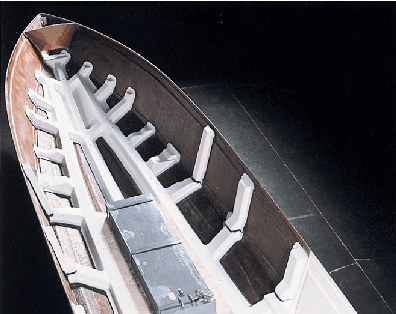
How can composites be joined?
Depending on what we want to bond, we need to prepare accordingly. We need to understand the materials we are joining and choose the best adhesive to achieve a permanent bond. Bonding composites to other composites – in this case mainly gluing/bonding composites to give them the right shape and size – is very important when bonding cockpit components in a car, for example.
Bonding composites to a structure – usually steel or aluminium – in which case the composite is usually intended to enhance the aesthetics of the product. The most important and strongest structure is ‘inside’, but appearance is also very important – who would buy an ugly yacht?
It is also common to glue on all sorts of decorative/finishing elements, e.g. door frames or nameplates. The combination of these materials must be simple, durable and aesthetically pleasing. And the assembly of the various brackets and fasteners also requires very high strength. In all these cases, the use of adhesives is extremely convenient and aesthetically pleasing.
Disadvantages/weaknesses of bonding composites
Bonding always has ‘some’ disadvantages, and the same is true for bonding composites. Below are the main disadvantages of bonding these materials:
- It is necessary to improve the technological process in order to achieve 100% reproducibility of the results – to ensure adequate stabilisation of the glued elements and the whole structure when the total curing time is reached.
- The gluing process extends the whole technological process by an additional operation.
- During the curing time, the glued structure cannot be moved, which is connected with the need to store and immobilise the glued elements somewhere.
- Some adhesives require special surface preparation, which prolongs the process and increases costs.
- When bonding composite materials, the different coefficients of thermal expansion must be taken into account.
- In many cases it is necessary to remove adhesive drip – too much drip has a negative effect on the aesthetics of the bond and increases the cost of the entire bonding process. This is related to the manual dispensing of the adhesive – the drip rate can reach 30-50%. Too much efflorescence = wasted adhesive and therefore higher costs for the entire process.
- Adhesive is an additional material, especially as it is much more expensive than native materials.
Advantages / Strengths of composite bonding
Having discussed the disadvantages of composite bonding in detail, it is important to look at the advantages that often lead manufacturers to choose this method of joining materials.
- Bonded structures are lightweight and stiff (favourable weight to stiffness ratio).
- Composites are not resistant to local loads (which makes riveting impossible, for example). However, bonded structures are much better at withstanding such loads.
- Bonded joints are very airtight – many joints are resistant to water, rain, salt spray and unwanted ventilation and can therefore be used in marine applications.
- Adhesives allow composites to be bonded to a wide range of materials including: metals, plastics, glass and even wood. Despite the different coefficients of thermal expansion, the different materials bond effectively.
- The aesthetics of bonded joints are much better than, for example, riveted joints. Bonding makes it possible to create joints that are invisible to the untrained eye.
- Bonded composites are more resistant to vibration and varying loads. This is an important feature in transport applications, for example, but also in wind turbine propellers, where resistance to shock and fatigue is critical. For example, in the case of wind turbine propellers, resistance to many millions of cycles. This is particularly important for structures that run continuously.
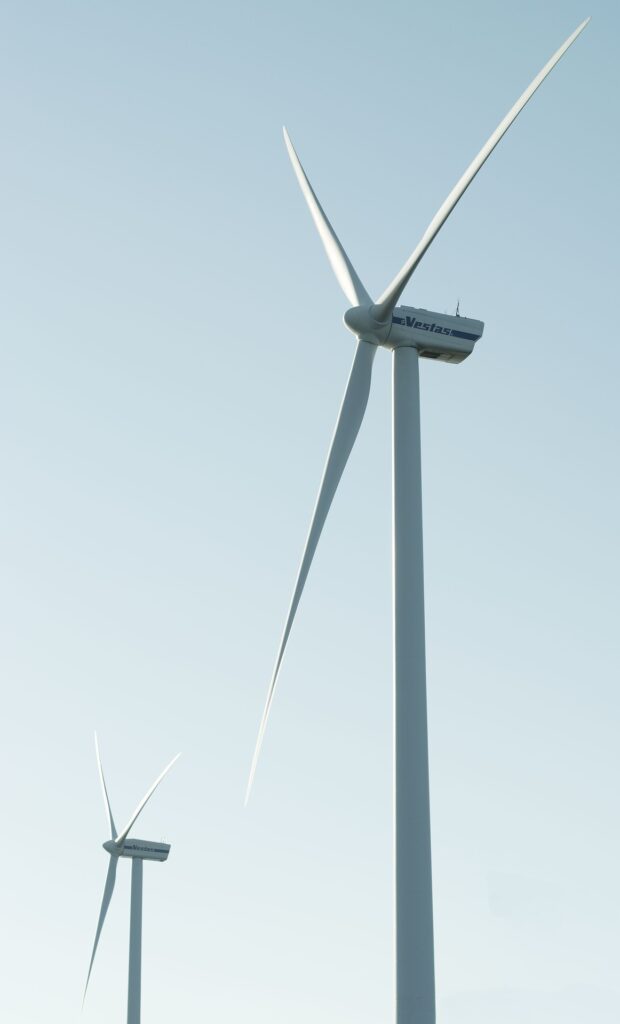
What do I use to bond composites?
To select the ideal adhesive for bonding composites, it is important to understand a number of factors that affect the bonding process. You need to know what is being bonded, at what temperatures the process will take place, under what conditions the whole structure will be used and what loads it will be subjected to.
If you ask anyone with even a basic knowledge of adhesive technology what the best adhesive for composites is, they will answer without hesitation: “METHACRYLATE! This is usually the case: methacrylate adhesives are ideal and very convenient.
Methacrylate (acrylic) adhesives are ideal for bonding composites to metals. They are two-part, chemically curable adhesives based on methyl methacrylate that, when cured, resemble a hard plastic with the right adhesive-specific properties. This is why they work so well for bonding composites.
Methacrylates do not require any surface preparation, degreasing or priming prior to bonding. Methacrylates dissolve gelcoats and polyester resins very well without damaging the bonded surfaces. Bonded joints are also resistant to temperatures up to 120°C, water, petrol and various types of oil. Bonded joints in composite materials are airtight and isolate the bonded materials (phases) from each other. In addition, the adhesive layer dampens vibrations and noise and, if it is thick enough, bridges the differences in the coefficients of thermal expansion of the materials to be bonded.
One of the most important properties of bonded joints when bonding composites is elongation. Details are given in Figure 1. It should be noted that these are indicative values and there are no clear examples. If you want to use an adhesive that has a high elongation, you need to look at the detailed technical data sheet where the data – preceded by many tests – are given. For example, the elongation of Monolith 342-1 – an adhesive that is very good for bonding composites – varies between 100% and 125%.
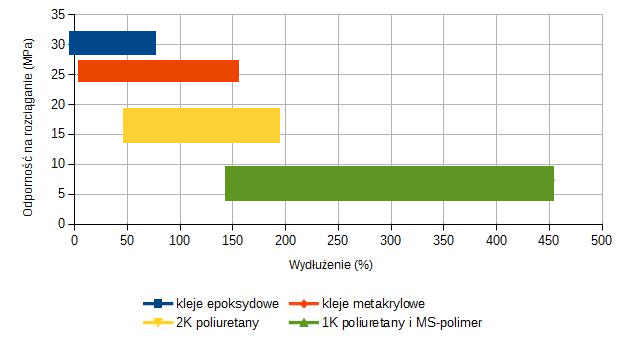
Advantages of methacrylate adhesives:
- They require no preparation of the bonded surface – no degreasing, priming or roughening is required.
- They have strong solvent properties for most polyester resins and gelcoats.
- They will not damage the parts being bonded.
- They have short cure times.
- They are highly resistant to temperatures up to 120 oC, water, petrol and oils.
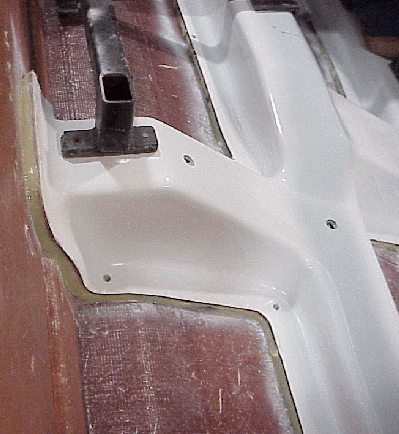
Disadvantages of Methacrylate Adhesives
One of the disadvantages of methacrylate adhesives is their flammability and the explosiveness of their vapours, so it is advisable to carry out the gluing process in production areas with very good ventilation or under a local exhaust hood. Always prepare as much glue as will be used. Another disadvantage of methacrylates is the strong odour of the glue, but it should be noted that it is not harmful to health.
The price is often cited as one of the main disadvantages of methacrylate adhesives, but in many cases it is better to choose a more expensive adhesive that has a short curing time and virtually no preparation time for the glued surface (saving time in a complex technological process can be crucial). For the layman, methacrylate glue is expensive, but it makes up for its price by being easy to use. It is hard to mess up with this adhesive.
Composite adhesives from our range
Our range includes MONOLITH and PLEXUS branded methacrylate adhesives, which are well suited to bonding composites. These adhesives require no surface preparation and are safe – reducing VOC and dust emissions into the working environment.
One of the most commonly selected adhesives for bonding composites is Monolith 342-1, which is most often recommended to transport equipment manufacturers due to its properties, short time to initial strength and high tolerance for imperfections in the mixing ratio of this two-part adhesive. Another recommended adhesive for bonding composite materials is Monolith 345-1, which offers a unique combination of high strength, excellent fatigue life, very good impact resistance and high environmental resistance.
PLEXUS brand adhesives perform very well in the automotive and transportation industries due to their short cure times, high oil resistance, ease of use and high fatigue resistance. For a detailed specification of these adhesives please click here.

Epoxy Adhesives in Composite Bonding
In addition to methacrylate adhesives, epoxy adhesives are also used to bond composites. In the case of these adhesives, it is best to contact our technical advisor and carry out a test bond, as different composites may react differently to the adhesive. One of the most commonly recommended epoxy adhesives for bonding composites is Monolith 2510-1. This adhesive can withstand high mechanical loads and is suitable for bonding body panels and spoilers in the automotive industry and in vibration damping assemblies. It allows the bonded parts to be coated with a powder coating.
Another adhesive recommended for bonding composites is the hybrid adhesive Monolith SE 131-1 and 132-1, which is a derivative of epoxy and MS polymer. It contains no solvents, isocyanates, silicones or PVC and is convenient to use as it is virtually odourless. The main advantage of this adhesive is its elongation, which can reach over 200%.
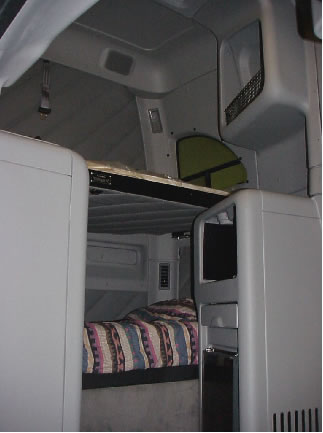
Flexible adhesives (polyurethanes and MS polymers)
Polyurethanes and MS polymers work very well for bonding composites and are also paintable. Polyurethanes are also flexible adhesives, capable of elongation in excess of 100% (sometimes as much as 400%), but it should be remembered that such results are achieved with a long joint and a suitably thick bond. When using polyurethane adhesives and MS polymers in this process, it is important to consider their cure time.
When discussing flexible adhesives for composite bonding, MS polymers should also not be overlooked. They are more expensive than polyurethanes, but they are easier to use because they do not require any special surface preparation, which simplifies the whole process and saves technological time. Like polyurethanes, they can be painted and even withstand powder coating, which would destroy a polyurethane joint, for example. Although MS polymers have been on the market for more than 10 years, they are still rarely used, but it is worth knowing their advantages and starting to use them.
One of the disadvantages of single component flexible adhesives is that they take longer to cure. This time is affected by the humidity in the room where the bonding is taking place, as these adhesives absorb moisture from the air. The curing time is also affected by the width of the gap – the wider the gap, the longer the curing time of the bond.
These adhesives cure at a rate of 2-4mm/day. Under optimum conditions, a 10 mm deep joint will cure in 3-5 days. Although initial strength is achieved in 24 hours and the bonded parts can be transported, final strength will have to wait.
Two-component adhesives are better – the curing time is about an hour, which significantly shortens the technological process, but these adhesives are more expensive because we have to use special glue dispensers during the bonding process. In addition, polyurethanes require primers and thorough surface preparation.
Summary
The use of our adhesives in bonding composites depends largely on the creativity of the joint designer. Trials are extremely important to determine if a particular type of adhesive will work for a particular type of joint – we encourage you to read the article ‘Structural Bonding of Thermoplastics’. Our experts are available to answer any questions you may have about bonding these different materials – please contact us for a consultation. Remember to use tested and reliable adhesives when bonding composites, read the technical data sheets for details.
The bonding of glass fibre reinforced composites is the very concept of composites. Bonding technology provides structural reinforcement and most of the benefits for which composites are used in structural applications can be exploited..
Bibliography
- Piekarczyk M., Application of adhesive joints in metal structures, Construction. Czasopismo Techniczne, Wydawnictwo Politechniki Krakowskiej, 1-B/2012, Zeszyt 2, Rok 109.
- Proxima Adhesives, PLEXUS adhesives
- Proxima Adhesives, Structural bonding of thermoplastics

